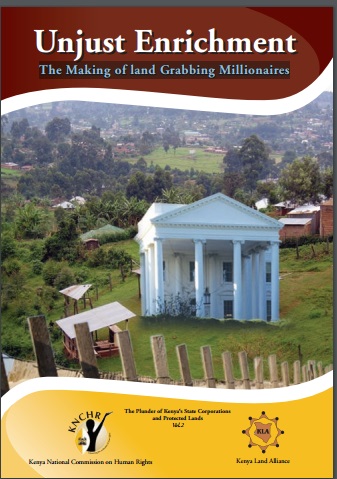Lutter contre la pauvreté et la faim
Les villes des pays en développement connaissent une croissance rapide. Ce processus est souvent accompagné de niveaux élevés de pauvreté et de faim qui poussent beaucoup d'habitants urbains à entreprendre des activités agricoles pour satisfaire leurs besoins alimentaires. Les décideurs doivent être conscients de cette réalité et tirer parti des possibilités offertes par l'agriculture urbaine.







